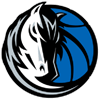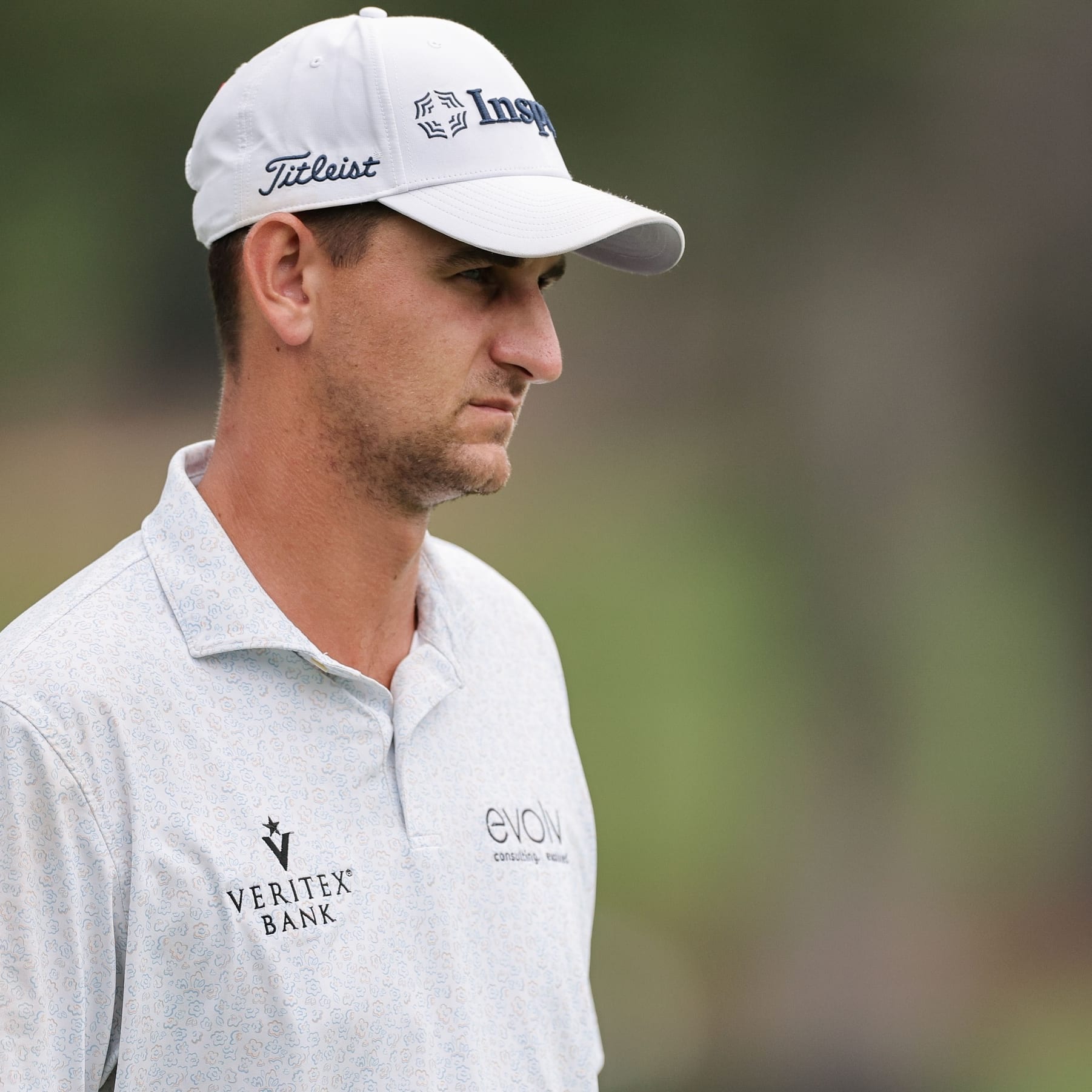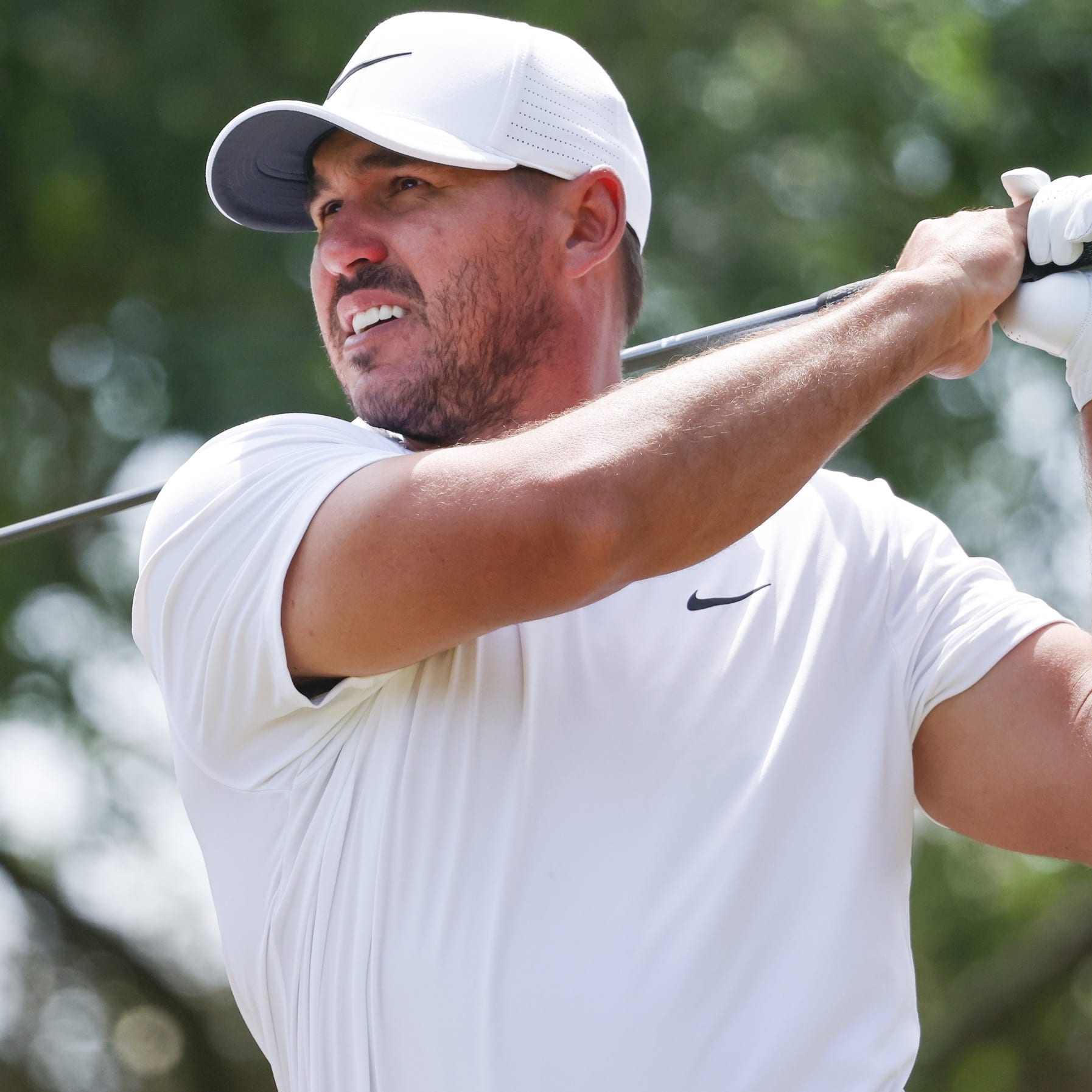Daily fantasy golf is certainly the most popular form of fantasy golf these days. It lets us forget about a bad week or even a bad day instantly as we move on to the next. But being completely candid, I don't know if I would trade it for the season-long league we have with the RotoWire crew. It's been going for more than two decades and, while a few of the names have changed, there's a core that's been around almost the entire time. Nobody wants to leave. Some golf experts say it's harder to get into the RotoWire league than even Augusta National!
A season-long league affords you none of the renewal of DFS — you could be stuck with a bad team for, well, season-long. But the camaraderie with your buddies makes it all worthwhile, just like with your fantasy football home leagues. It's just that some years are more fun than others.
So let's figure out a way to make it even more enjoyable — by winning the whole dang thing.
In the RotoWire league, we do a salary cap draft. A lot of what we'll discuss here will apply to both salary cap and snake drafts. It's not like in fantasy football where you need to fill different positions. That's not to say there aren't differences between the golfers and what you should be looking for in the draft. More on that in a bit.
In the RotoWire league, we have 15 teams that draft nine
Daily fantasy golf is certainly the most popular form of fantasy golf these days. It lets us forget about a bad week or even a bad day instantly as we move on to the next. But being completely candid, I don't know if I would trade it for the season-long league we have with the RotoWire crew. It's been going for more than two decades and, while a few of the names have changed, there's a core that's been around almost the entire time. Nobody wants to leave. Some golf experts say it's harder to get into the RotoWire league than even Augusta National!
A season-long league affords you none of the renewal of DFS — you could be stuck with a bad team for, well, season-long. But the camaraderie with your buddies makes it all worthwhile, just like with your fantasy football home leagues. It's just that some years are more fun than others.
So let's figure out a way to make it even more enjoyable — by winning the whole dang thing.
In the RotoWire league, we do a salary cap draft. A lot of what we'll discuss here will apply to both salary cap and snake drafts. It's not like in fantasy football where you need to fill different positions. That's not to say there aren't differences between the golfers and what you should be looking for in the draft. More on that in a bit.
In the RotoWire league, we have 15 teams that draft nine golfers each (135 deep), with a budget of $100. You need at least $1 for each guy. We start a maximum of five every week from the Tournament of Champions in January through the Tour Championship in August and just count up the golfers' earnings when they were active in our lineups. Simple. There are a couple of wrinkles. We have bonuses for winning a major. And we divide the 15 teams three ways into a season-long team bet (hmmm, we had teams before LIV had teams). The losing team plays the winning team's entry fee for the next season, while the middle team pays for itself.
We are allowed 10 free-agent moves during the season, at a slight cost. Trades are allowed, but they're hard to pull off, just as in all fantasy leagues. There's not a lot of money changing hands, but that's never detracted from the enjoyment.
Of course, leagues are completely customizable to your needs, beginning with the number of teams, the number of golfers on each team, when you start your season and how much money is at stake.
With the PGA Tour announcing significant changes for the 2022-23 season – the top golfers will play more events with massive increases in purses -- that likely will affect my strategy. Instinctively, it appears the top guys will be even more valuable and coveted. But we might see them less during the fall season. That doesn't affect the RotoWire league. if you want to start your league at the start of the coming PGA Tour season, well, that is almost already here: The Fortinet Championship begins on Sept. 15.
For the RotoWire, going 135 golfers deep will be harder than ever, thanks to the many defections to LIV. That will open spots for other guys, many unfamiliar to many of us. So there will be extra legwork and preparation this year.
Overall, there are two rules to play fantasy golf of any kind:
Rule No. 1: Do your homework.
Rule No. 2: Your homework is never done.
Whether you are in a snake or salary cap draft, a lot of the strategy overlaps. But not all. And, really, this isn't rocket science. A lot of it is basic stuff.
Cheaters Always Prosper
As in, get a cheat sheet. For all your fantasy sports, however you play, you have to know all the potential options, who all the players are, know what the rules of your league are. Like with running backs in football, there aren't enough top golfers to go around. In a snake draft, you clearly will take one of the top golfers when it's your turn in the first round. But in a salary cap draft, you don't necessarily need one of the very best. We've seen guys win the RotoWire league with a top-5 or top-10 guy to anchor their lineup; we've also seen guys win the league with maybe three more cost-effective top-25 guys. The ol' stars-and-scrubs lineup vs. balanced lineup.
Superstar vs. Multiple Stars
In the past, I always wanted a big name, especially with our majors bonuses, and was fortunate enough three seasons ago to get Jon Rahm, a guy I thought was maturing and ready to take the next step. It cost me $50, leaving $50 for the other eight guys. That paid off; Rahm was great. Two season ago, I spent $47 on Xander Schauffele, a threat to win every time out, including in the majors. But it didn't work out. He won only one tournament — the Olympics, which was not part of our league. Last year, I was similarly snake-bit by taking Collin Morikawa at $50. He didn't win at all.
I'm beginning to rethink the strategy on the big bellwether guy. The tour is so deep, so many different golfers win. It's hard to be great every year. If you take that balanced approach, you may — may — not win a major. But winning the whole league is the foremost objective.
Cream of the Crop
So who are the big guys? You should check the RotoWire rankings. My personal top guys won't be exact but likely similar. I might still put Rahm at the top, even though others had better seasons, notably Scottie Scheffler. Rahm was the best for a couple of years and started to find his game again at season's end. Rahm is still kinda/sorta a newlywed, and he has two young children. Don't discount off-the-course developments in a golfer's life; it can be difficult to balance on- and off-course lives.
Okay, so who are other top guys? There's Rory McIlroy, Patrick Cantlay and Schauffele. Will Zalatoris might be in there, though we don't know how severe his back injury is. Presumably, we'll have much more info at the time of the RotoWire salary cap draft right after New Year's.
Then come Morikawa, who I simply can't believe will go winless again, Justin Thomas, Sam Burns, Tony Finau and Matt Fitzpatrick. Jordan Spieth was a very dicey play last season, despite a win and a runner-up, because he had many so-so weeks. A healthy Hideki Matsuyama could sneak into the top-10 in the world rankings. Viktor Hovland will always be a gamble for me until his chipping vastly improves. Sungjae Im is so steady but seemingly without real elite upside. Max Homa is coming. Joohyung Kim came out of nowhere; he could be great. Cameron Young and Sahith Theegala were amazing rookies seemingly destined for greatness. But a word of caution: Red the second on sophomores below.
Every year, top guys fall off and new guys emerge. It's often impossible to predict. You just have to give yourself as much information as possible.
Key Characteristics
As you make your way through the draft, here's what to look for as things get deeper after the studs are gone: guys who will play a lot, top-10 and top-25 finishes from the past year, who will make a lot of cuts, who will get into the bigger events (the majors and elevated tournaments). And of course, check our Sleepers and Busts.
The top guys will be playing more this coming season than ever before. There are 33 events from the Tournament of Champions through the three playoff events ending with the Tour Championship (not including opposite-field tournaments or the Zurich Classic team event). The best guys could play more than two-thirds of the tournaments. That will affect my strategy. They used to play less than half.
We'll still need/want to start five guys in the weeks where the top guys won't be playing, so this year's salary cap draft will be trickier than ever.
Of course, the first thing to consider is a golfer's results. But if you focus on golfers with strong tee-to-green play — ball striking, Strokes Gained: Approach, Strokes Gained: Tee-to-Green, greens in regulation — they tend to do well over the long haul. You know how much easier it is when you find the fairway in your weekend game? Same thing for the pros (only 150-200 yards farther than for us). There's more variance in putting.
As you move past the top golfers or even the very good guys, look at the number of top-10 cashes and whether they are qualified for the majors/elevated events.
At the bottom, look for cuts made and guys who play a lot. See where a guy sits on the PGA Tour's priority rankings list. The higher up he is, the less chance of getting squeezed out of the smaller invitational fields that go about 120 deep. The golfers who play the most are generally the worst golfers (except for the really bad guys who simply can't get into tournaments). San Antonio or Detroit, for example, may not have the best fields, but if your lesser golfers are playing, they have a puncher's chance to claim a high finish. Every season on the PGA Tour, a bunch of punches connect. Just ask Lucas Herbert, Hudson Swafford, Luke List, Tom Hoge, Sepp Straka, J.J. Spaun, K.H. Lee and J.T. Poston. They all were tournament winners last season.
Sophomore Slump?
A golfer who enjoys his breakthrough season often takes a step back the next year, or he might even take a step back immediately after a win. Of course, we'll be happy with the big money from a win and deal with the rest later. But the money/fame/etc. is life-altering for golfers. The excitement of making it to the Tour slowly develops into a week-in and week-out grind – you know, like a job! The bigger the success and the younger the guy, the more likely this could happen. It can happen to even a veteran, such as List, who fell off the face of the earth after winning at Torrey Pines last January.
Fast Start or Sit Tight?
In the RotoWire salary cap draft, some owners can't wait to start bidding and owning golfers, making a dent early in the draft. Others like to sit back and see what develops. There's no right or wrong. Just be aware how the draft is unfolding. It can switch gears pretty quickly. Which brings to our next point …
Adjust Your Thinking
If it's a snake draft, golfers go in order of how good they are. In a salary cap draft, good or even great players can go long after the start of the draft. If you've done one for fantasy football, you know exactly what this is. A golfer's value will change at various points in the draft, depending on who's been taken, how much money everyone has left and whom you've already drafted. Don't just look at how much money you have, look at all your opponents, too. You need to be able to adjust your thinking. A golfer's value on the course won't change, but his value during the draft will. Pay attention to that, it's very important. One thing we see year after year, if you sit back too long, that last big-name guy up for grabs can end up costing the most, just because he's the last one. If you have 15 teams as in the RotoWire, not everyone can get a top-10 golfer (math!). And when everyone realizes there's only one left, the price gets jacked.
Recent History
You have to look at history, how a guy has done not only last year, but the last two. A golfer could have an off year. He could've been hurt for one year. His price surely would go down, but chances are you shouldn't dismiss him entirely based on one year. If a golfer has two bad years in a row, well, then that could be a red flag. (Why is Webb Simpson putting his head down right now?)
New Guys
The Korn Ferry Tour is GOOD – probably the second-best tour in the world now. Really. The top players are VERY GOOD. There will be 50 KF grads on the PGA Tour this season. Some are former PGA Tour players who lost their cards. They are largely meh. Focus on the guys just making the jump. Will Zalatoris, Cameron Young, Davis Riley and Mito Pereira all emerged in the past few years. Again, check out the RotoWire Sleepers and Busts page to perhaps see some of these stars of the future.
Not a Popularity Contest
Try to keep emotions out of it. You love Tiger Woods, sure. Who doesn't root for Rickie Fowler? Don't simply green-light a guy who did wonderful things for you last year. I have learned to hate just about every guy on Tour — hate is the wrong word, but you get the idea. In fact, if a guy did well for me last year, I think there's no way he can do it again. (Hmm, if you don't like the guys who didn't do well for you and the guys who did do well for you, well, that's a problem, seek counseling). The broader point is, don't pick a guy because you like him, just as you shouldn't avoid a guy because you don't like him. If the price is right, or the round is right, pounce.
Take Deep Breaths
Lastly, keep your wits about you during the draft. Stop. Focus. Breathe. It's easy to get caught up in the fast pace. It's easy to get mad if a guy you wanted went one pick before you or went for more than you could pay. It's like real golf: You can only play one shot at a time. You can only play the next shot. Make sure it's right down the middle.







































